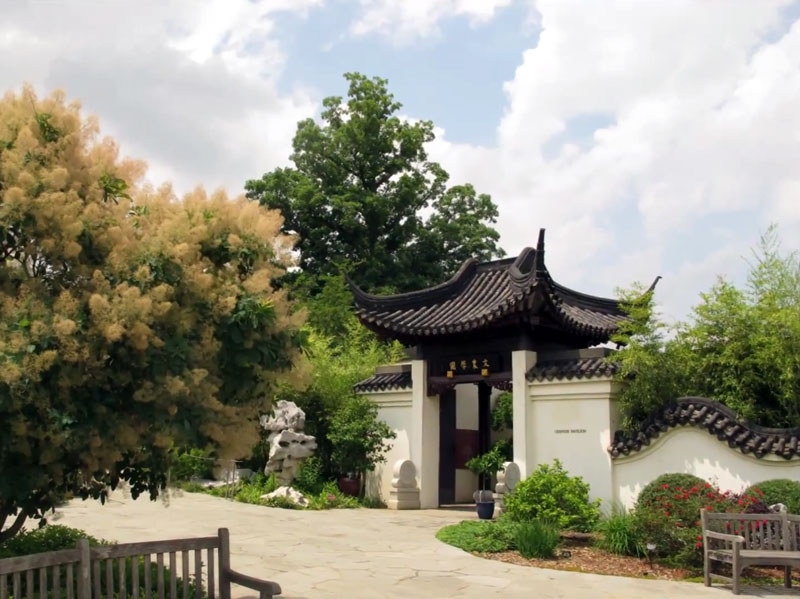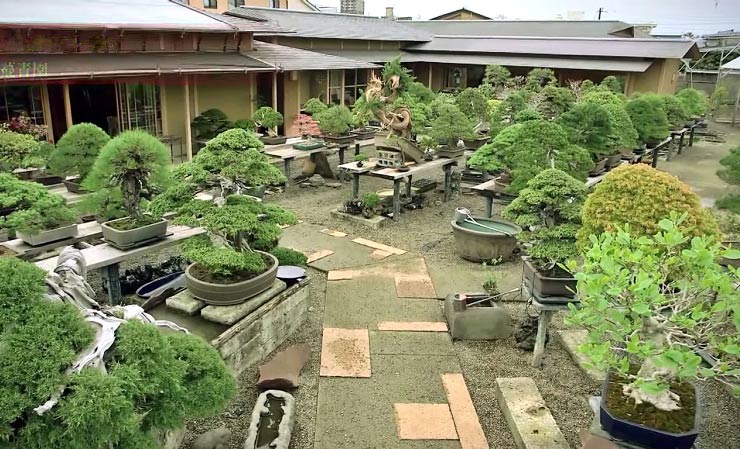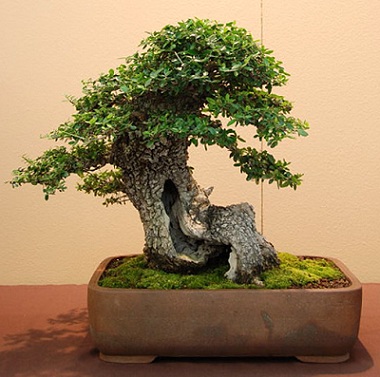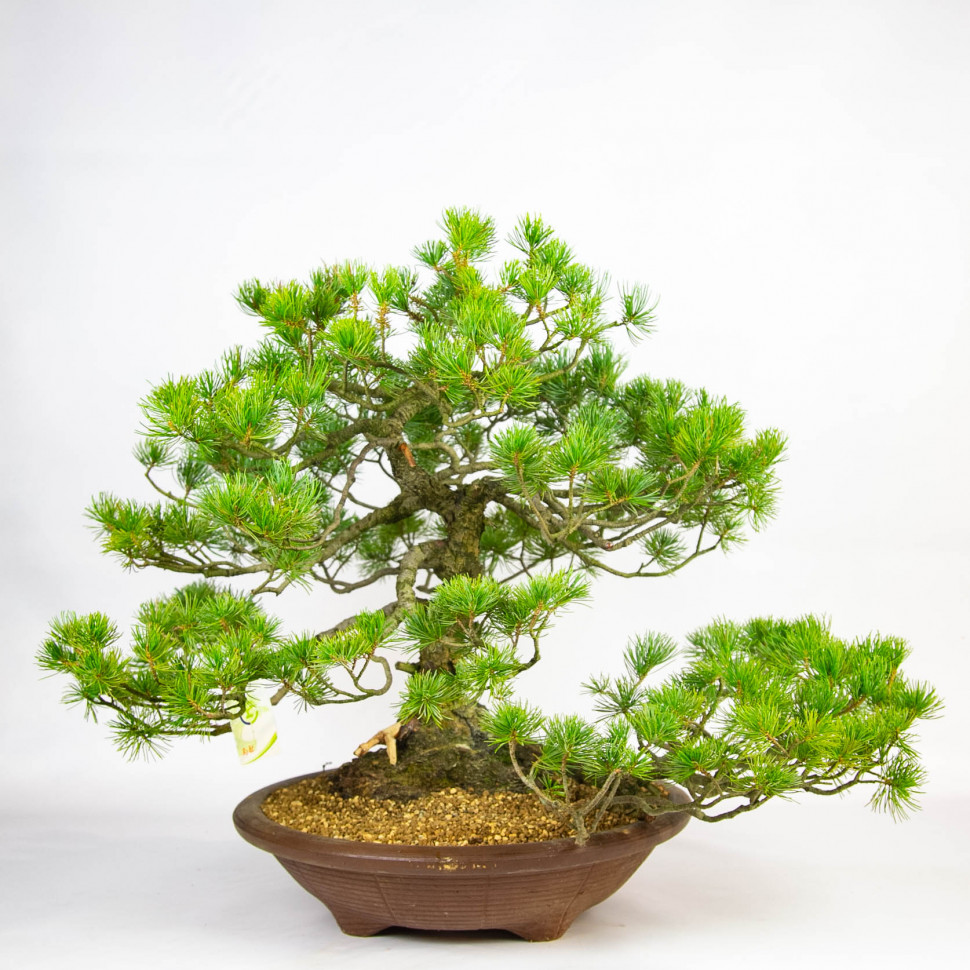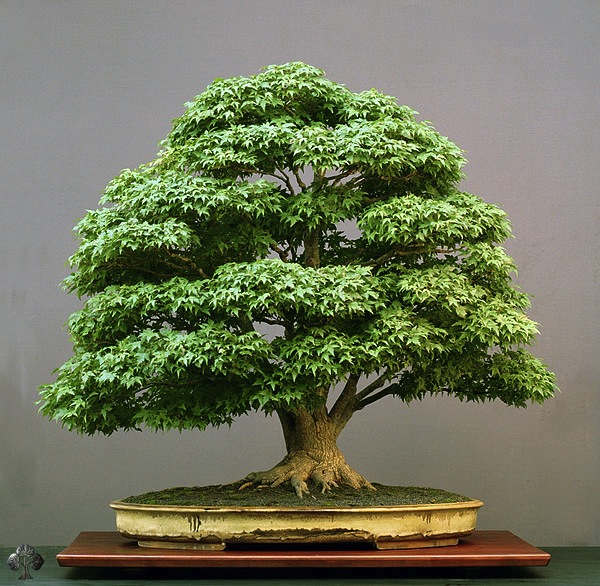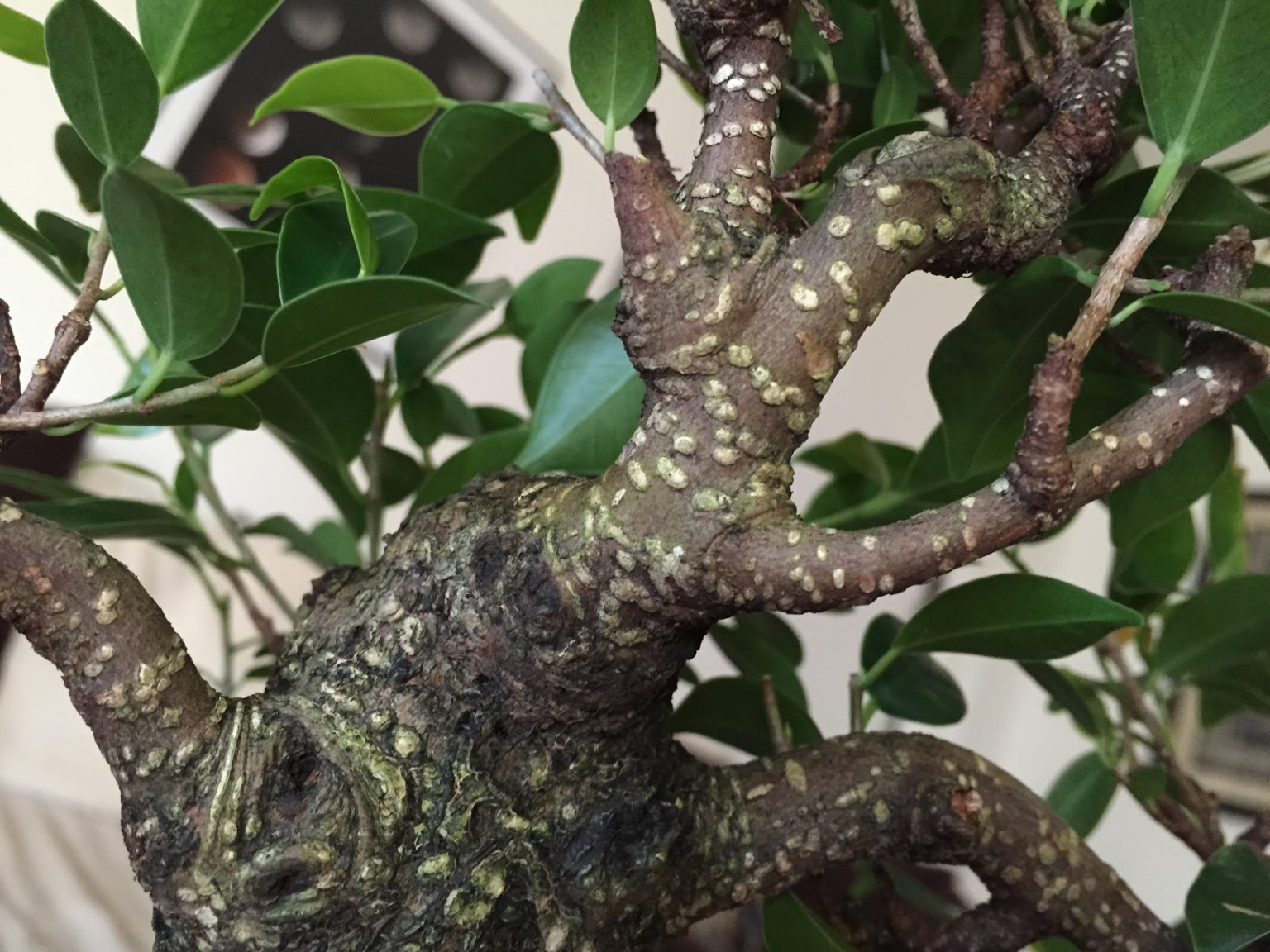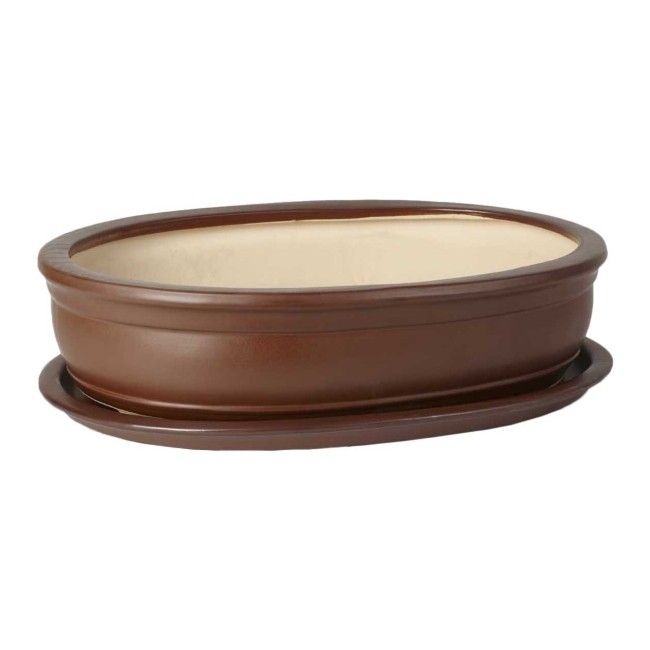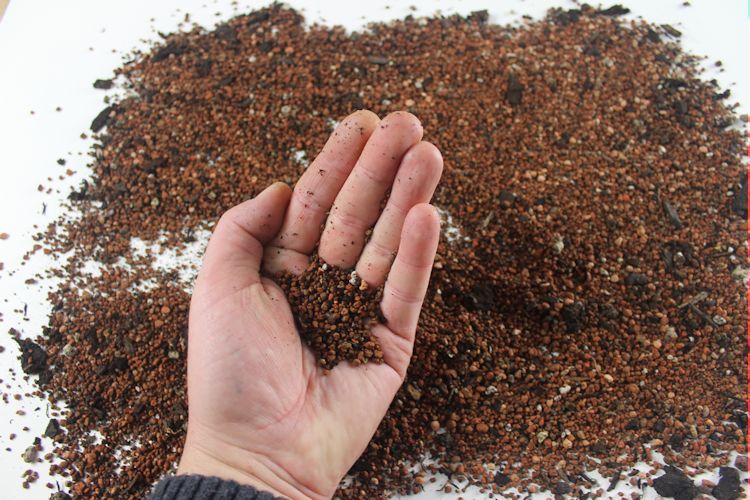Pomegranate is a well-known plant of the pomegranate family (Pnicaceae). The common pomegranate does not grow well indoors, so its dwarf variety is most often grown.
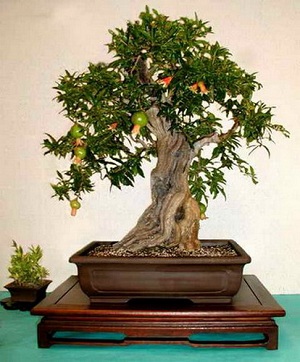
The pomegranate leaves are small, up to 2.5 cm long, oblong in shape, and fall off in autumn. The plant blooms with beautiful bright flowers, which are especially attractive to bonsai lovers. Flowering usually begins in the third year.
The pomegranate fruit is berry-like, the so-called pomegranate. The small-leaved dwarf form of Pinus Granatum, called 'Nana', reaches a height of 1 meter. The flowers are painted in a bright red color, and if the rules of care are followed, the plant produces large reddish-orange fruits that are not edible.
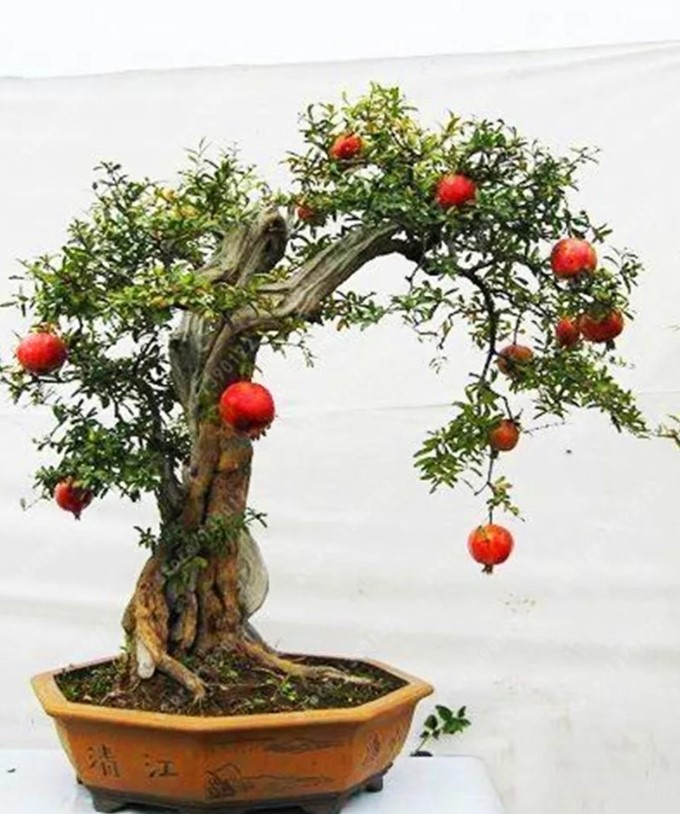
Soil:
Clay soil, sand and transplant soil in a ratio of 2:1:1. Young plants have their soil changed annually or every two years. Older plants are replanted less frequently.
Lighting:
Garnet loves light. It prefers direct sunlight.
Temperature:
Moderate in summer. In winter it is advisable to keep it in a cool place not below 6° C.
Watering:
During the period of active growth, in warm weather, water abundantly. In winter, during the dormant period, water sparingly. You can use tap water.
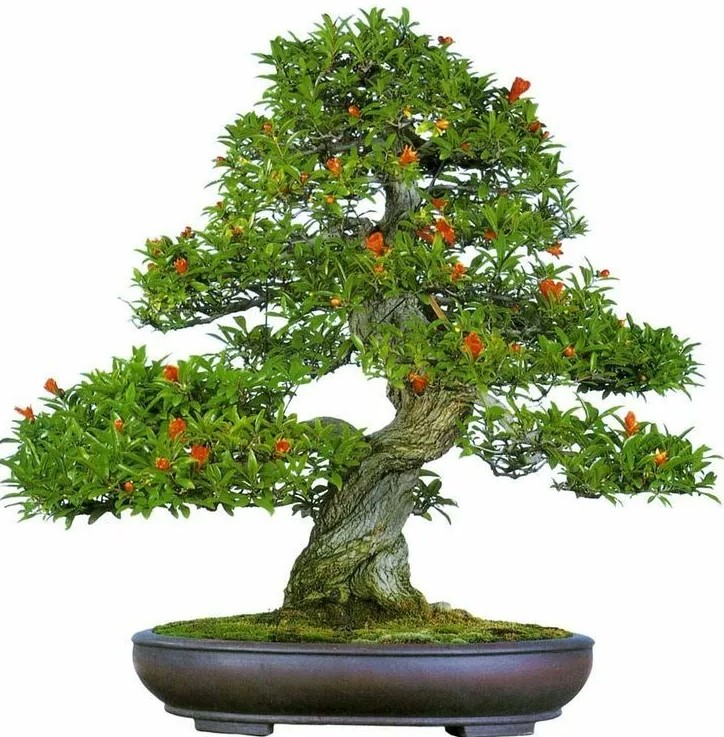
Top dressing:
Use special fertilizers for bonsai. In winter, pomegranate does not need additional feeding.
Formation:
Garnet can be used to create any style of bonsai. One- and two-year-old shoots are freely formed with wire.
Stiffer branches should be shaped with tensioning devices. The shoots that appear in the spring are severely pruned to allow new ones to develop.
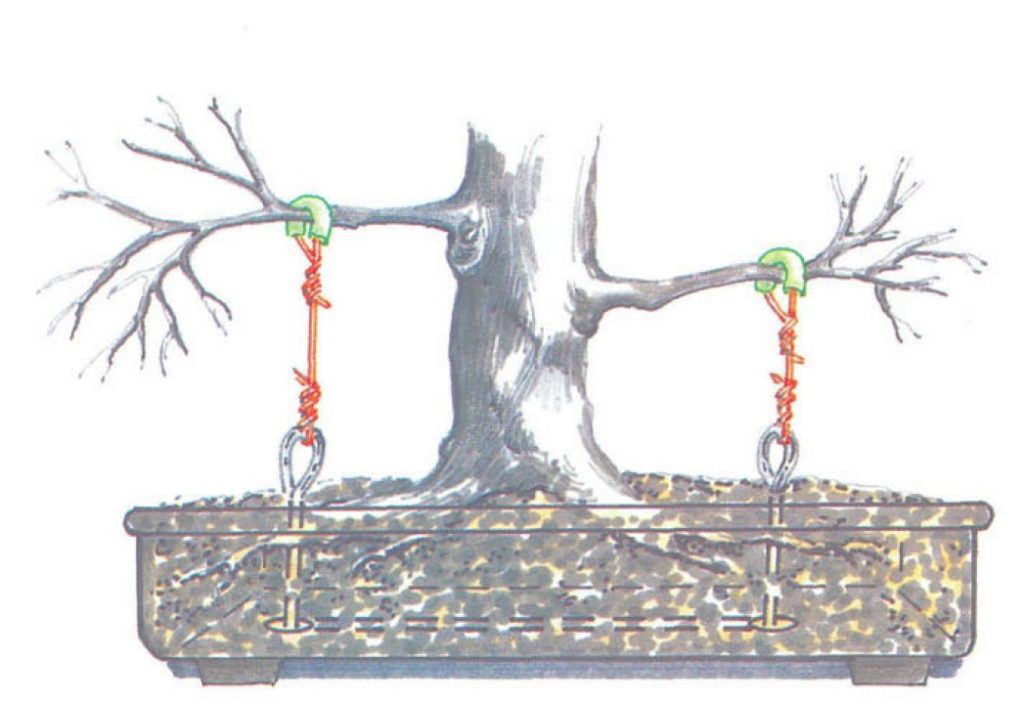
When the shoots of young plants reach 15 cm in length, they are cut, leaving 2 to 5 pairs of leaves, depending on the position of the shortened branch in the crown of the tree.
Strong and healthy trees can be pruned earlier.
In spring, when pruning shoots, also remove most of the flower buds.
If you want to get a flowering plant, carry out repeated pruning in the summer (taking into account the formed flower buds) more carefully.
Purchasing a plant:
Common pomegranate can be purchased in specialized stores. Young specimens are usually available for sale. It is propagated by seeds and cuttings.
Pests and diseases:
When kept indoors, pomegranates are often attacked by whiteflies. Other problems include aphids, which are controlled by general methods.

